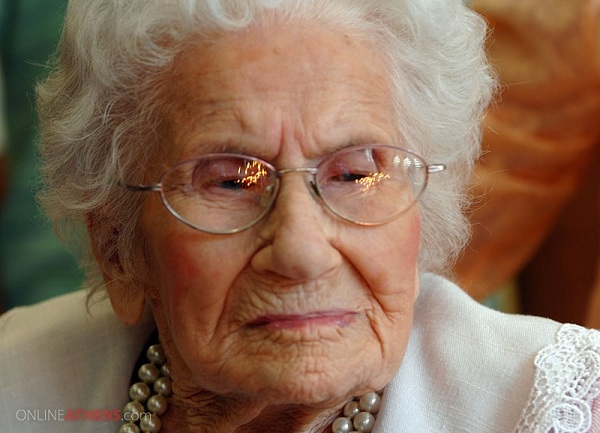 Besse Cooper celebrates her 116th birthday in Monroe, Ga., on Aug. 26, 2012.
Besse Cooper celebrates her 116th birthday in Monroe, Ga., on Aug. 26, 2012.
Her secrets? “I mind my own business. And I don’t eat junk food.”
via World’s oldest woman celebrates her sweet 116th birthday – Good News – TODAY.com.
Risk Profile Improvement
 Besse Cooper celebrates her 116th birthday in Monroe, Ga., on Aug. 26, 2012.
Besse Cooper celebrates her 116th birthday in Monroe, Ga., on Aug. 26, 2012.
Her secrets? “I mind my own business. And I don’t eat junk food.”
via World’s oldest woman celebrates her sweet 116th birthday – Good News – TODAY.com.
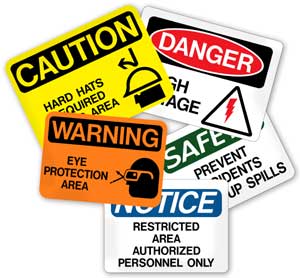 You’d be surprised how many common hazards can be found in workplaces.
You’d be surprised how many common hazards can be found in workplaces.
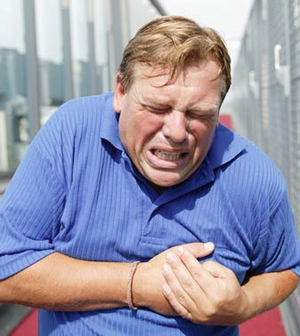 Knowing the early warning signs of heart attack is critical for prompt recognition and treatment. Many heart attacks start slowly, unlike the dramatic portrayal often seen in the movies. A person experiencing a heart attack may not even be sure of what is happening. Heart attack symptoms vary among individuals, and even a person who has had a previous heart attack may have different symptoms in a subsequent heart attack. Although chest pain or pressure is the most common symptom of a heart attack, heart attack victims may experience a diversity of symptoms that include:
Knowing the early warning signs of heart attack is critical for prompt recognition and treatment. Many heart attacks start slowly, unlike the dramatic portrayal often seen in the movies. A person experiencing a heart attack may not even be sure of what is happening. Heart attack symptoms vary among individuals, and even a person who has had a previous heart attack may have different symptoms in a subsequent heart attack. Although chest pain or pressure is the most common symptom of a heart attack, heart attack victims may experience a diversity of symptoms that include:
via Heart Attack Symptoms and Early Warning Signs – MedicineNet.
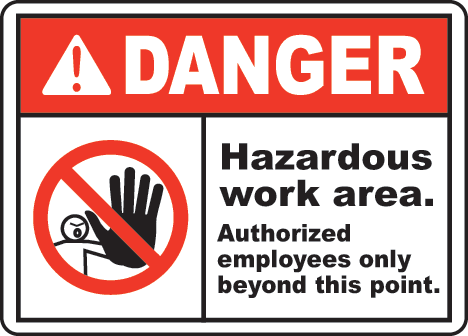 At least there is some good news on the employment front: the American workplace is a lot less hazardous than it was a decade ago.
At least there is some good news on the employment front: the American workplace is a lot less hazardous than it was a decade ago.
Only 4,547 workers died on the job last year, a 23% decline from the 5,915 fatalities that occurred in 2000, according to the latest report on workplace fatalities from the Bureau of Labor Statistics.
Workplace deaths in 2010 were more or less flat with the year before, which was deemed the “safest” year since the Bureau of Labor started tracking fatal occupational injuries. About 3.5 workers died for every 100,000 employed in 2010, the same rate as in 2009.
via America’s most dangerous jobs – The 10 most dangerous jobs in America (1) – CNNMoney.
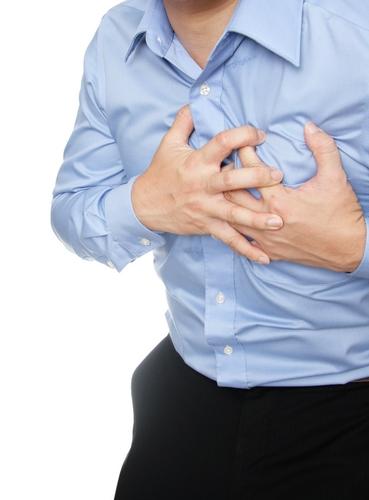 More than a million Americans have heart attacks each year. A heart attack, or myocardial infarction (MI), is permanent damage to the heart muscle. “Myo” means muscle, “cardial” refers to the heart, and “infarction” means death of tissue due to lack of blood supply. via Heart Attack – WebMD: Symptoms, Diagnosis, Treatment, and More.
More than a million Americans have heart attacks each year. A heart attack, or myocardial infarction (MI), is permanent damage to the heart muscle. “Myo” means muscle, “cardial” refers to the heart, and “infarction” means death of tissue due to lack of blood supply. via Heart Attack – WebMD: Symptoms, Diagnosis, Treatment, and More.
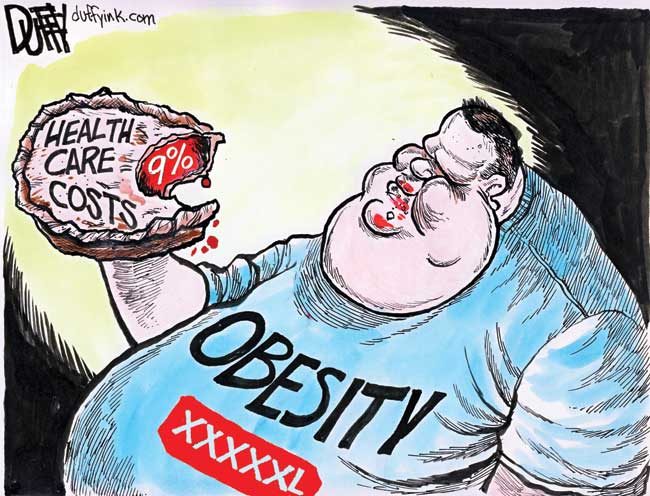 Study Estimates Medical Cost of Obesity May Be As High as $147 Billion Annually
Study Estimates Medical Cost of Obesity May Be As High as $147 Billion Annually
The health cost of obesity in the United States is as high as $147 billion annually, based on a new study from RTI and the Centers for Disease Control and Prevention. The study which appears online today in the journal Health Affairs, was released at CDC’s Weight of the Nation conference in Washington, DC.
The proportion of all annual medical costs that are due to obesity increased from 6.5 percent in 1998 to 9.1 percent in 2006, the study said. This total includes payment by Medicare, Medicaid, and private insurers, and includes prescription drug spending. Overall, persons who are obese spent $1,429 (42 percent) more for medical care in 2006 than did normal weight people. These estimates were compiled using national data that compare medical expenses for normal weight and obese persons.
 A concussion is a type of traumatic brain injury, or TBI, caused by a bump, blow, or jolt to the head that can change the way your brain normally works. Concussions can also occur from a fall or a blow to the body that causes the head and brain to move quickly back and forth.
A concussion is a type of traumatic brain injury, or TBI, caused by a bump, blow, or jolt to the head that can change the way your brain normally works. Concussions can also occur from a fall or a blow to the body that causes the head and brain to move quickly back and forth.
Health care professionals may describe a concussion as a “mild” brain injury because concussions are usually not life-threatening. Even so, their effects can be serious.
via CDC – Concussion – Traumatic Brain Injury – Injury Center.
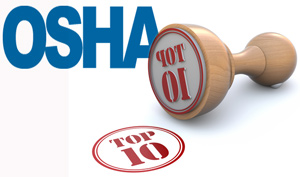 The following is a list of the top 10 most frequently cited standards following inspections of worksites by federal OSHA. OSHA publishes this list to alert employers about these commonly cited standards so they can take steps to find and fix recognized hazards addressed in these and other standards before OSHA shows up. Far too many preventable injuries and illnesses occur in the workplace.
The following is a list of the top 10 most frequently cited standards following inspections of worksites by federal OSHA. OSHA publishes this list to alert employers about these commonly cited standards so they can take steps to find and fix recognized hazards addressed in these and other standards before OSHA shows up. Far too many preventable injuries and illnesses occur in the workplace.
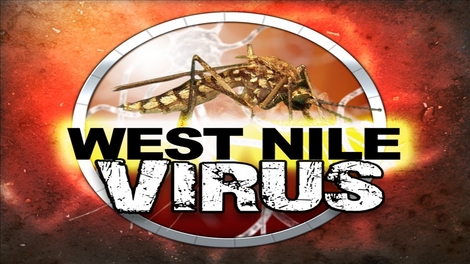 Here are five things you need to know about West Nile virus:
Here are five things you need to know about West Nile virus:
1. Most mosquitoes do not carry West Nile.
In areas where mosquitoes carry the virus, only about one in 500 mosquitoes is infected, according to the Connecticut Mosquito Management Program.
2. Most people bit by West Nile mosquitoes do not get sick.
About 80% of people bit by a mosquito infected with the West Nile virus do not get sick, according to the CDC. About 20% will have relatively mild symptoms, such as fever, headache and vomiting. Symptoms can last for as short as a few days or as long as a few weeks. About one in 150 people infected with West Nile will develop a severe illness, which can include paralysis, coma or death.
3. You can help prevent West Nile with the “four Ds.”
• Use mosquito repellent with DEET
• Dress in long pants and long sleeves
• Be especially careful at dusk and dawn
• Drain any standing water, such as kiddie pools or bird fountains, where mosquitoes like to breed.
4. People over 50 are most vulnerable.
Those older than 50 are the most likely to become severely ill with West Nile and should take special care to avoid mosquitoes, according to the CDC.
5. Seek medical care immediately if you have severe headaches or confusion.
If you develop symptoms of severe West Nile virus illness, such as unusually severe headaches or confusion, seek medical attention immediately, according to the CDC. Severe illness usually requires hospitalization. Milder cases improve on their own and do not necessarily require medical attention.
 Ergonomics is the scientific study of people at work. The goal of ergonomics is to reduce stress and eliminate injuries and disorders associated with the overuse of muscles, bad posture, and repeated tasks. This is accomplished by designing tasks, work spaces, controls, displays, tools, lighting, and equipment to fit the employee´s physical capabilities and limitations.
Ergonomics is the scientific study of people at work. The goal of ergonomics is to reduce stress and eliminate injuries and disorders associated with the overuse of muscles, bad posture, and repeated tasks. This is accomplished by designing tasks, work spaces, controls, displays, tools, lighting, and equipment to fit the employee´s physical capabilities and limitations.
via CDC – Ergonomics and Musculoskeletal Disorders – NIOSH Workplace Safety and Health Topic.